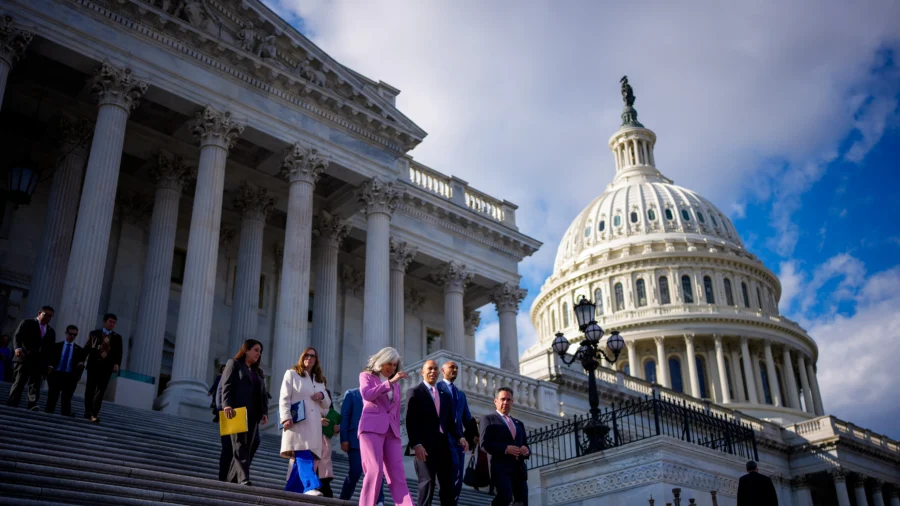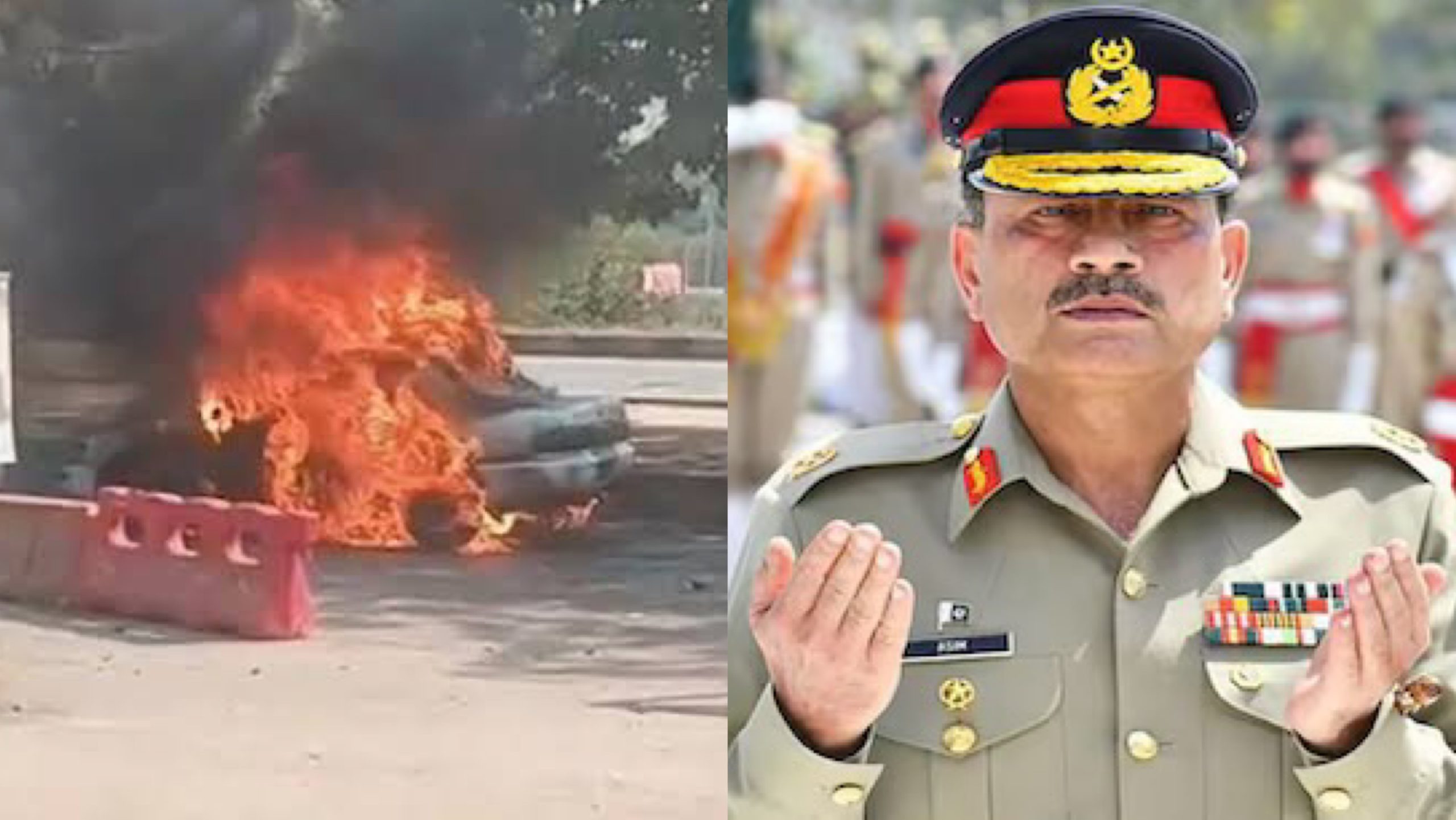How Assam CM Himanta Biswa Sarma helped Nitish Kumar formulate the Rs 10,000 scheme for women: Inside NDA’s stunning Bihar victory
The Mukhyamantri Mahila Rojgar Yojana, which helped deposit Rs 10,000 each into the accounts of 1.5 crore women in Bihar before the elections, is being counted as one of the key reasons behind the NDA’s big win in the state. Much of the credit for this popular “das-hazari” scheme, as it came to be known, goes to Assam Chief Minister Himanta Biswa Sarma, who helped shape the plan in coordination with the Nitish Kumar government. Sarma said that it was Prime Minister Narendra Modi’s dream of making three crore “lakhpati didis” that inspired the idea. At the request of JD(U) national working president Sanjay Jha, Sarma sent his team of officers to Bihar about five months ago to make a presentation before senior officials, including the then Chief Secretary Amrit Lal Meena and current Chief Secretary Pratyaya Amrit. The presentation was based on Assam’s “Jeevika Rs 10,000 model” and later became the base of the Mukhyamantri Mahila Rojgar Yojana. While JD(U) acknowledges Sarma’s contribution, the party describes the scheme as a result of collective ideation. JD(U) chief spokesperson Neeraj Kumar said it was an expansion of Bihar’s existing plan, the Satat Jeevikoparjan Yojana, under which people from certain traditional occupations were already being given Rs 10,000 to shift to new sources of income, along with additional help of up to Rs 2 lakh to start small businesses. According to a BJP leader who attended the Assam officials’ presentation, Sarma’s team suggested that Rs 10,000 should be offered to women as seed money to help them come up with a business idea. After further discussions by Bihar bureaucrats, it was decided that an additional loan of up to Rs 2 lakh could be given to each woman, provided she or her husband was not a taxpayer, depending on the viability of her plan. Sarma said Assam’s experience with its own women empowerment project, the “Arunoday” scheme, had also inspired other state initiatives. He mentioned that Madhya Pradesh’s popular “Ladli Behna Scheme,” which gave Rs 1,000 per month to women, was also modelled on Assam’s program. That scheme helped the BJP return to power in the Madhya Pradesh Assembly elections in 2023. JD(U) leaders said that the idea for a women-focused plan became urgent after RJD’s Tejashwi Yadav announced the “Maa Bahin Maan Yojana,” which promised Rs 2,500 per month to every woman if the Mahagathbandhan came to power. With women seen as strong supporters of Nitish Kumar, the NDA wanted a program that could both empower women and appeal to this voter base. Nitish Kumar himself had been under some pressure to follow up on promises made when he was leading the Mahagathbandhan government in 2023. At the time, he had said that after the caste survey report, one member from every economically weak family earning below Rs 6,000 a month would be given Rs 2 lakh each year. With opposition parties questioning the delay on that front, the new scheme came as a major move ahead of the election. Neeraj Kumar said the “das-hazari” scheme was an improved and broader version of the older programs that Bihar had been running in partnership with the central government’s National Rural Livelihood Mission. BJP spokesperson Kumkum Bhardwaj added that the credit should also go to the Modi government at the Centre since Jeevika programs in states are funded through the NRLM. She said the Pradhan Mantri Jan-Dhan Yojana laid the foundation for real financial inclusion of women, while NRLM became the backbone of their economic empowerment. Bhardwaj described the initiative as the beginning of a new period of women-led growth under Prime Minister Modi’s leadership. “This is a renaissance, with India’s women at the heart of the country’s economic progress,” she said. However, the Opposition questioned the timing of the scheme, pointing out that around 1.21 crore women received Rs 10,000 just before the election code of conduct came into effect, while another 30 lakh women got the money after the polls were announced. Jan Suraaj leader Prashant Kishor, reacting to his party’s poor performance in the Assembly polls, said that government resources, including Jeevika workers, were used during the campaign to attract voters. He claimed that in every Assembly seat, 60,000 to 62,000 people were promised Rs 10,000 immediately and another Rs 2 lakh later, and officials told them these benefits would continue only if the NDA came back to power.



The Mukhyamantri Mahila Rojgar Yojana, which helped deposit Rs 10,000 each into the accounts of 1.5 crore women in Bihar before the elections, is being counted as one of the key reasons behind the NDA’s big win in the state. Much of the credit for this popular “das-hazari” scheme, as it came to be known, goes to Assam Chief Minister Himanta Biswa Sarma, who helped shape the plan in coordination with the Nitish Kumar government.
Sarma said that it was Prime Minister Narendra Modi’s dream of making three crore “lakhpati didis” that inspired the idea. At the request of JD(U) national working president Sanjay Jha, Sarma sent his team of officers to Bihar about five months ago to make a presentation before senior officials, including the then Chief Secretary Amrit Lal Meena and current Chief Secretary Pratyaya Amrit.
The presentation was based on Assam’s “Jeevika Rs 10,000 model” and later became the base of the Mukhyamantri Mahila Rojgar Yojana.
While JD(U) acknowledges Sarma’s contribution, the party describes the scheme as a result of collective ideation. JD(U) chief spokesperson Neeraj Kumar said it was an expansion of Bihar’s existing plan, the Satat Jeevikoparjan Yojana, under which people from certain traditional occupations were already being given Rs 10,000 to shift to new sources of income, along with additional help of up to Rs 2 lakh to start small businesses.
According to a BJP leader who attended the Assam officials’ presentation, Sarma’s team suggested that Rs 10,000 should be offered to women as seed money to help them come up with a business idea. After further discussions by Bihar bureaucrats, it was decided that an additional loan of up to Rs 2 lakh could be given to each woman, provided she or her husband was not a taxpayer, depending on the viability of her plan.
Sarma said Assam’s experience with its own women empowerment project, the “Arunoday” scheme, had also inspired other state initiatives. He mentioned that Madhya Pradesh’s popular “Ladli Behna Scheme,” which gave Rs 1,000 per month to women, was also modelled on Assam’s program. That scheme helped the BJP return to power in the Madhya Pradesh Assembly elections in 2023.
JD(U) leaders said that the idea for a women-focused plan became urgent after RJD’s Tejashwi Yadav announced the “Maa Bahin Maan Yojana,” which promised Rs 2,500 per month to every woman if the Mahagathbandhan came to power. With women seen as strong supporters of Nitish Kumar, the NDA wanted a program that could both empower women and appeal to this voter base.
Nitish Kumar himself had been under some pressure to follow up on promises made when he was leading the Mahagathbandhan government in 2023. At the time, he had said that after the caste survey report, one member from every economically weak family earning below Rs 6,000 a month would be given Rs 2 lakh each year. With opposition parties questioning the delay on that front, the new scheme came as a major move ahead of the election.
Neeraj Kumar said the “das-hazari” scheme was an improved and broader version of the older programs that Bihar had been running in partnership with the central government’s National Rural Livelihood Mission. BJP spokesperson Kumkum Bhardwaj added that the credit should also go to the Modi government at the Centre since Jeevika programs in states are funded through the NRLM.
She said the Pradhan Mantri Jan-Dhan Yojana laid the foundation for real financial inclusion of women, while NRLM became the backbone of their economic empowerment.
Bhardwaj described the initiative as the beginning of a new period of women-led growth under Prime Minister Modi’s leadership. “This is a renaissance, with India’s women at the heart of the country’s economic progress,” she said.
However, the Opposition questioned the timing of the scheme, pointing out that around 1.21 crore women received Rs 10,000 just before the election code of conduct came into effect, while another 30 lakh women got the money after the polls were announced.
Jan Suraaj leader Prashant Kishor, reacting to his party’s poor performance in the Assembly polls, said that government resources, including Jeevika workers, were used during the campaign to attract voters. He claimed that in every Assembly seat, 60,000 to 62,000 people were promised Rs 10,000 immediately and another Rs 2 lakh later, and officials told them these benefits would continue only if the NDA came back to power.





































































